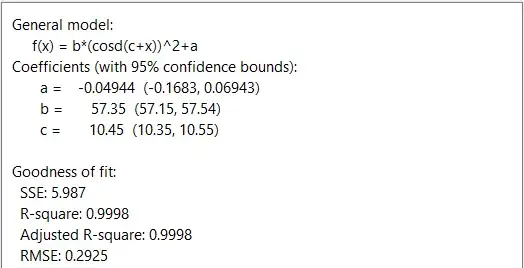I have specified a mixed model in R, based on a data set containing advertising awareness as DV and advertising spends as IV. The effect of the advertising spends on awareness is moderated by two dimensions of brand perception, Dim1 and Dim2 and Christmas and Easter time are coded as dummmies. The advertising awareness of the previous period is also included as a predictor. The data set includes 11000 observations.
lmer(AdAwareness ~ AudioVisual*(Dim1 + Dim2) + Audio*(Dim1 + Dim2) + AdAwareness_t.1 + AudioVisual*(Dummy_Christmas + Dummy_Easter) + Audio*(Dummy_Christmas + Dummy_Easter) + (1 | brand), data = NYG)
To enable convergence, the data has been standardized (z-transformed).
Question 1: I have been testing the assumption of heteroscedasticity with the Levene test, which is fine. I also investigated linearity by plotting residuals against fitted values.
I am not sure how to interpret the plot. Can I still work with the assumption of linearity or should other tests be conducted? And would the single data points suggest to check the data for potential outliers?
Question 2: As described above, the model includes a lagged variable, which has been described as critical here.
https://statisticalhorizons.com/lagged-dependent-variables
The reason is that the assumption of independence of IVs cannot be supported - which I do not necessarily see violated in the model shown above. Would you in general consider the inclusion of lagged variables into mixed models critical? I am aware of the discussions around the inclusion of LDV on this site, but did not find too much specifically on mixed models.
